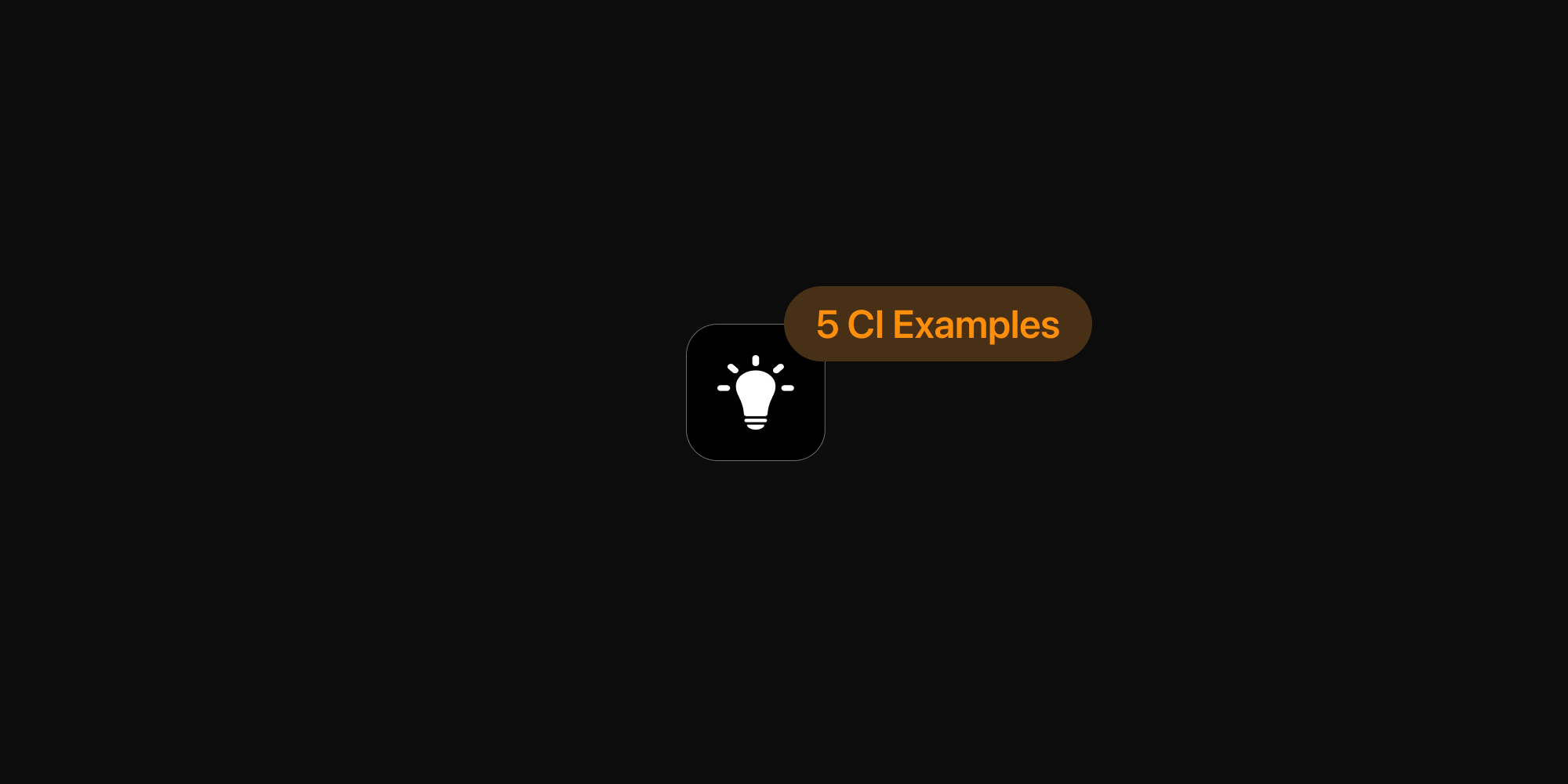


I don't know about you, but I find gathering competitive intelligence in a timely manner to be an enormous struggle. On any given day, there may be hundreds — if not thousands — of signals generated across your competitive landscape. Even if you manage to keep track of everything, it can be difficult to determine (1) which insights are valuable and (2) how to go about inspiring action across your organization. Sound familiar?
Well, good news - you're not alone. This post is going to walk through 5 essential examples of competitive intelligence that apply to nearly everyone. But first, a quick story...
How we use Campana, at Campana
At Campana, we used to spend hours and hours trying to gather and make sense of intel on our competitors. We'd scour their websites, stalk their employees on LinkedIn, set up Google alerts - you name it, we tried it. But no matter how much time we invested, it always felt like we were barely scraping the surface and missing key insights. Our intel was scattered across spreadsheets, Slack channels, and email threads. Extracting anything actionable was a major challenge.
That all changed when we shifted our philosophy on competitive intelligence. Rather than trying to track and analyze every little thing, we decided to focus only on the signals that really mattered to our business. We also committed to communicating insights to stakeholders in a way that would inspire them to take action.
The results have been game-changing. We now spend a fraction of the time on CI, but extract 10x more value. Deals are being won, strategies are being adapted, and the entire company is benefiting. How's that for a win-win?
5 examples of competitive intelligence
Okay, story time is over. Let's dive into those 5 essential examples of competitive intelligence:
- Positioning/messaging changes
- Pricing/packaging changes
- Leadership changes
- News coverage
- Job postings
For each example, we'll break down why it matters and share advice for using the insights to inspire action across your org.
Positioning/messaging changes
You must always understand how your competitors are defining and communicating their unique value. Otherwise, you'll struggle to differentiate your own product.
At Campana, we use our own product to check our competitors' websites religiously for any changes to their positioning or messaging. The moment we see an adjustment to a value prop or tagline, we alert our product marketing team. They're responsible for ensuring our own messaging stays relevant and compelling.
One time, we noticed a competitor had completely revamped their homepage copy to focus on a new use case. Within 24 hours, the founders and marketing teams were notified of the change and were able to appropriately respond to the new positioning.
Pricing/packaging changes
In a competitive market, pricing and packaging have a huge impact on buyer decisions. You can't afford to get caught off guard by a competitor's pricing change.
Whenever we notice a pricing update - either on a competitor's website or through social media - we immediately loop in our sales and customer success teams. They need to be prepared to have new conversations around pricing and value with prospects and customers.
We also alert our exec team in case the pricing change signals a bigger strategic shift, like going up-market or down-market. Having this insight early allows our leadership to plan ahead.
For example, one of our competitors once drastically lowered their entry-level package price. It was a clear play to go after smaller businesses and startups. We quickly huddled as a leadership team to decide if and how we should respond. By acting fast and having a clear game plan, we were able to avoid losing deals and keep new deals flowing. Just goes to show how powerful intel on pricing changes can be when you use it proactively.
Leadership changes
Keeping tabs on your competitors' leadership hires and fires is a must. These changes often foreshadow strategic shifts that you need to be ready for.
We have Campana set up so that it will notify us whenever our competitors' C-suite leaders change. The second a new exec is announced or a big departure happens, we're on it. Our CI team does a deep dive on that leader's background to assess what it means for the competitor's trajectory.
For example, if a competitor brings in a hotshot new CRO, we know to expect more aggressive sales motions and prepare accordingly. Our sales enablement team will arm reps to handle new objections, while marketing preps new compete content. Staying one step ahead is key.
In one case, a competitor hired a new CEO who came from a major player in an adjacent industry. It set off alarm bells for us. We had to assume the CEO was brought in to take the company in a new direction, likely expanding into new markets. We quickly convened a strategy session with our exec team to game out different scenarios. What if they start selling into our key verticals? What if they acquire a company to accelerate their move? How would that impact our business?
By asking those tough questions early, we were able to put plans in place to protect our turf. We doubled down on our industry-specific messaging and content. We tightened our relationships with key partners and influencers. And we upped our investment in R&D to stay ahead on product innovation.
News coverage
Monitoring your competitors' media coverage is an easy way to spot strategic changes, customer issues, funding events, and more. Good or bad, you want to know about it ASAP.
Once again, we use Campana to track all our competitors' media mentions. If we see a spike in coverage or a story that raises red flags, we dig in further. Positive stories are great fodder for sales objection handling. Negative stories can be leveraged in compete messaging.
One of our competitors once got a scathing review of their product in a major tech pub. We made sure our sales team was equipped to use it in competitive deals. The article ended up helping us win several large opportunities from that competitor. Gotta love it when the press does your compete messaging for you!
In the 24/7 news cycle, a single story can make or break your competitive advantage. Don't let it catch you sleeping.
Job postings
We wrote about the importance of monitoring job posts in a separate post here so we will only write the high-level summary here.
By tracking job postings proactively, you can gain early visibility into competitors' moves and adapt your own strategies to stay ahead. This intel can inform product decisions, sales tactics, marketing messages, and more.
Our philosophy on competitive intelligence
To summarize the post, we believe that the most important thing any business can do to win the competitive intelligence game is:
- Focus on quality insights over quantity of information
- Communicate insights in a way that inspires action
- Don't treat CI as a side project - dedicate real time and resources
- Use tools to automate data collection and make life easier
We'd love to hear from you and learn about how you thinking about competitive intelligence. Feel free to send me an email, book a call or follow our Twitter for updates.
